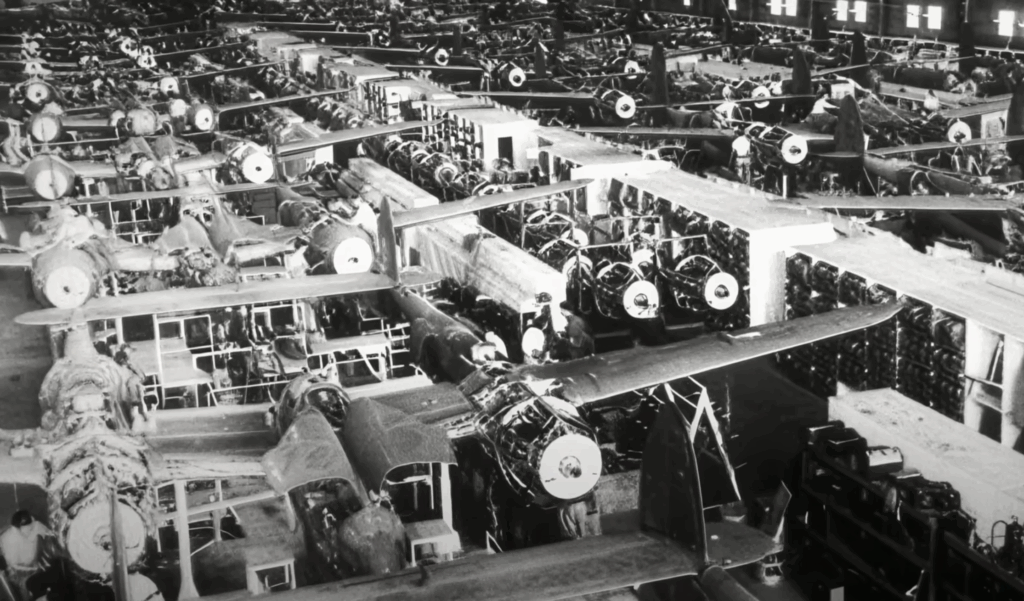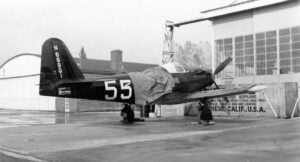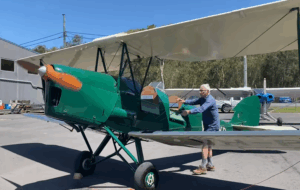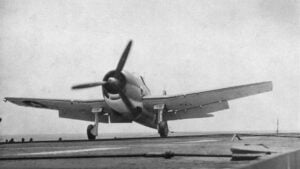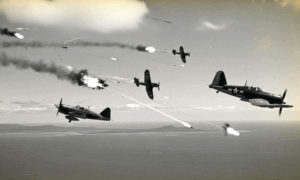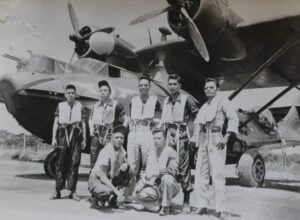The WWII Plane That Warped Metal and Beat the Odds During Dogfights
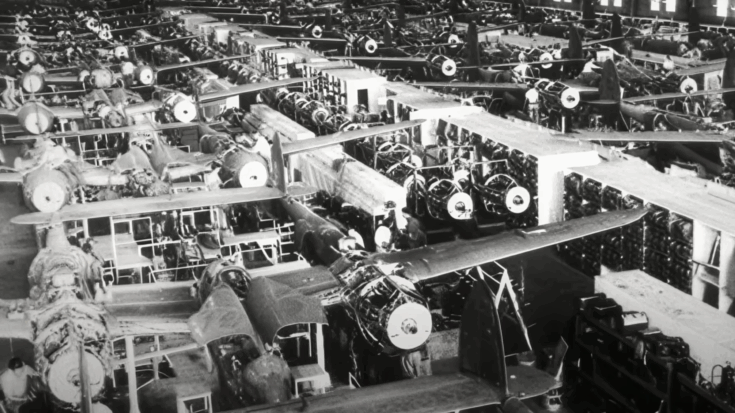
Dark Skies / YouTube
A Fighter Built for the Impossible
Flak burst in the sky, tracer rounds streaked past like sparks, but Captain Robin Olds stayed locked on his target. His P-38 Lightning, nicknamed Scat II, cut through the air with its twin engines roaring. Below, a P-51 Mustang twisted in desperation, chased by two German fighters. Olds dove to help, but his controls froze—he had entered a deadly state called compressibility. At over 500 miles per hour, the P-38 became almost uncontrollable. The canopy warped from pressure, and the ground rushed closer. Pulling out just above a wheat field, Olds recovered, rejoined the fight, and claimed another victory.
The P-38’s ability to survive such punishment and still fight back was no accident. Designed by Lockheed engineer Kelly Johnson, it was built for speed, range, and stability, with twin booms and concentrated nose-mounted firepower. Johnson’s attention to aerodynamics—flush riveting, smooth skin panels, and Fowler flaps—made the Lightning one of the most advanced fighters of its time.
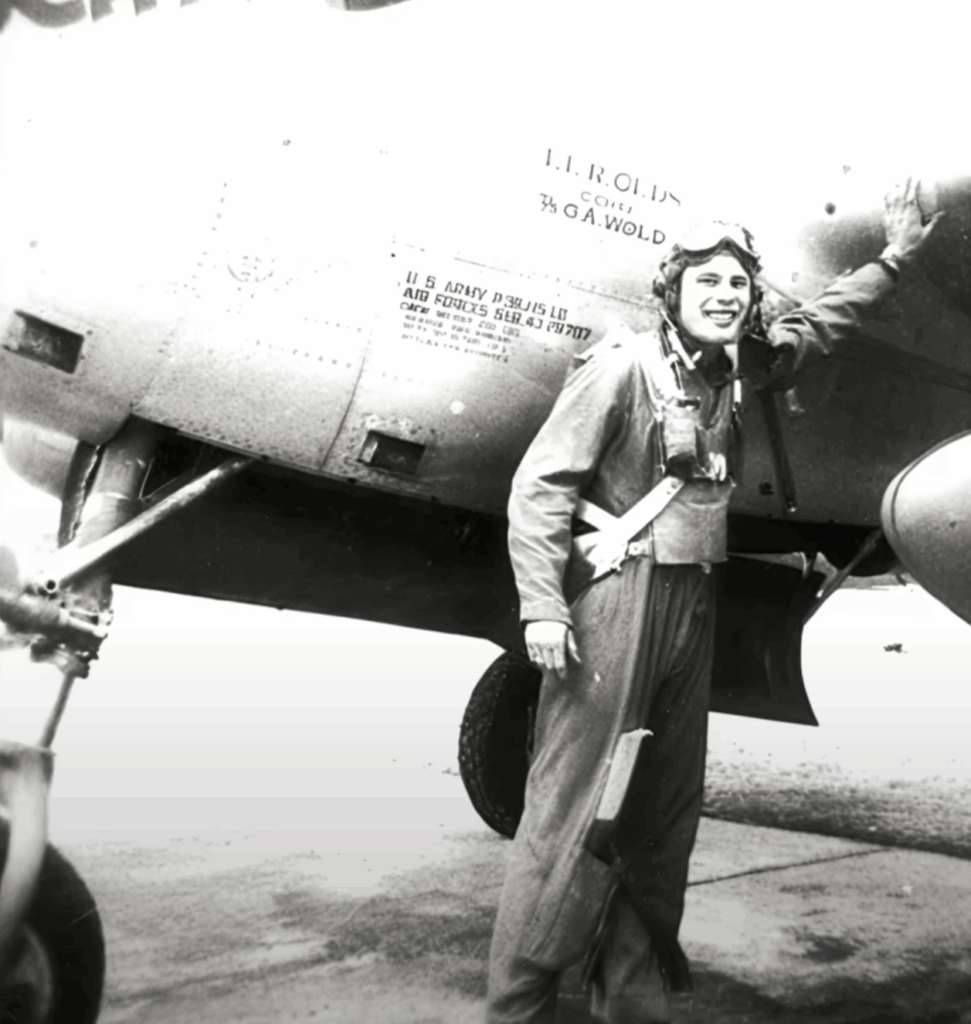
An Aircraft Ahead of Its Time
First flown in 1939, the Lightning could reach over 400 mph, climb to 40,000 feet, and fly more than 1,000 miles—unmatched by most fighters then in service. Its counter-rotating propellers eliminated torque, making it a stable gun platform. In the Pacific, its range allowed deep strikes and long escort missions. In Europe, it shielded bombers from enemy fighters long before the P-51 Mustang arrived.
The P-38 also faced unique dangers. Compressibility, the same condition Olds experienced, could send it into a deadly dive. Engineer Ward Beman solved this by adding dive flaps, a modification that saved many pilots. Even so, the Lightning’s strength often made the difference between life and death.
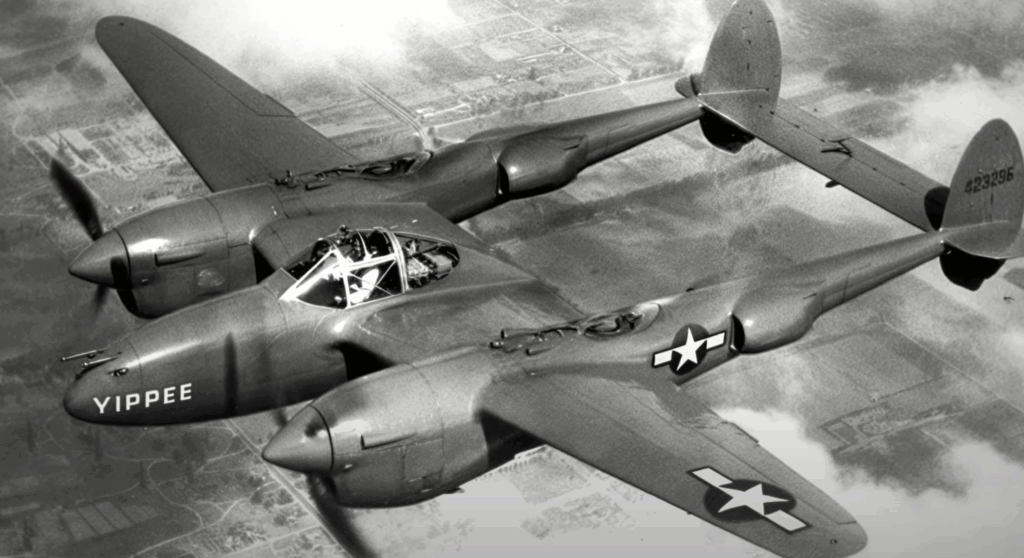
Stories of Survival and Skill
Pilots like P.J. Dahl trusted the aircraft’s toughness. On one mission over New Guinea, a Japanese Zero poured fire into Dahl’s engine instead of the cockpit, allowing him to limp home on one engine. On another, he narrowly avoided a collision with a B-24 bomber during landing, skidding backward off the runway and into water—walking away unharmed each time.
The Lightning’s combat record was equally impressive. It was credited with downing Admiral Isoroku Yamamoto’s aircraft in 1943 and achieved over 1,800 Japanese kills by war’s end. More than 100 P-38 pilots became aces, and the type flew 130,000 sorties in Europe with a low loss rate.
Kelly Johnson’s creation was more than a warplane—it was an engineering milestone. Built quickly under secrecy, it proved that innovation, when paired with determination, could change the course of air combat. The P-38 Lightning’s shape and sound remain an enduring symbol of Allied air power in World War II.
